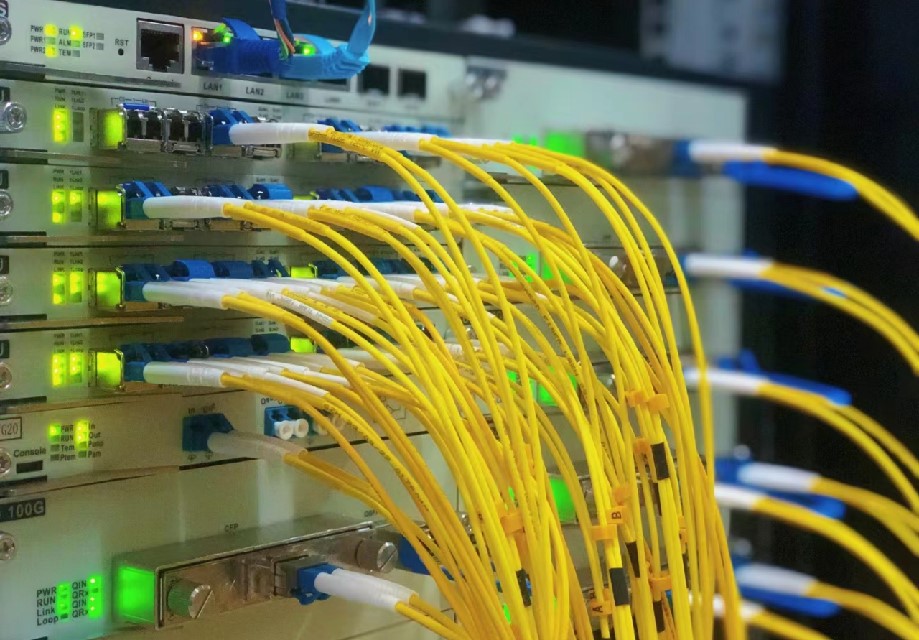DWDM, that is, dense wavelength division multiplexing. "Dense" means that the wavelength channels are very narrow and very close to each other. Taking 100 GHZ dense WDM as an example, the spacing between adjacent channels is only 100 GHZ (or 0.8NM). That is, adjacent channels could be 1530.33NM, 1531.12NM, and 1531.90NM.
The working principle of DWDM is to combine and simultaneously transmit multiple signals of different wavelengths on the same optical fiber. In other words, one optical fiber becomes multiple virtual optical fibers. Therefore, if you multiplex 8 OC-48 signals into a fiber, you will increase the transmission capacity of the fiber from 2.5 GB/S to 20 GB/S. Currently, through DWDM technology, the data transmission rate can reach 400GB/S.

DWDM is designed for long-distance transmission, and the wavelengths are closely combined during the transmission process to avoid the occurrence of dispersion and attenuation. And with the Erbium-Doped Fiber Amplifier (EDFA), a performance enhancer for high-speed communications, these systems can operate over distances of thousands of kilometers. DWDM is widely used in the 1550NM band so that the various functions of EDFA can be utilized. EDFA is usually used in 1525NM~1565NM (C-band) and 1570NM~1610NM (L-band).
A weak signal enters the erbium-doped fiber, and light with a wavelength of 980NM or 1480NM is also injected into the fiber through the pump laser. The injected light excites the erbium atoms, causing them to release intrinsic energy in the form of light at a wavelength of 1550 NM. As this process happens along the way, the signal keeps getting stronger. The energy release process of EDFA also adds noise to the signal; this determines the noise figure of EDFA.
A key advantage of DWDM is that it is protocol and bitrate independent.
DWDM networks can transport data over IP, ATM, SONET/SDH and Ethernet with bit rates ranging from 100 MB/S to 2.5 GB/S. Therefore, DWDM networks can carry out different types of transmission at different rates within one optical channel. From a QOS perspective, DWDM networks create a low-cost way to achieve rapid response to customer bandwidth requirements and protocol changes.

